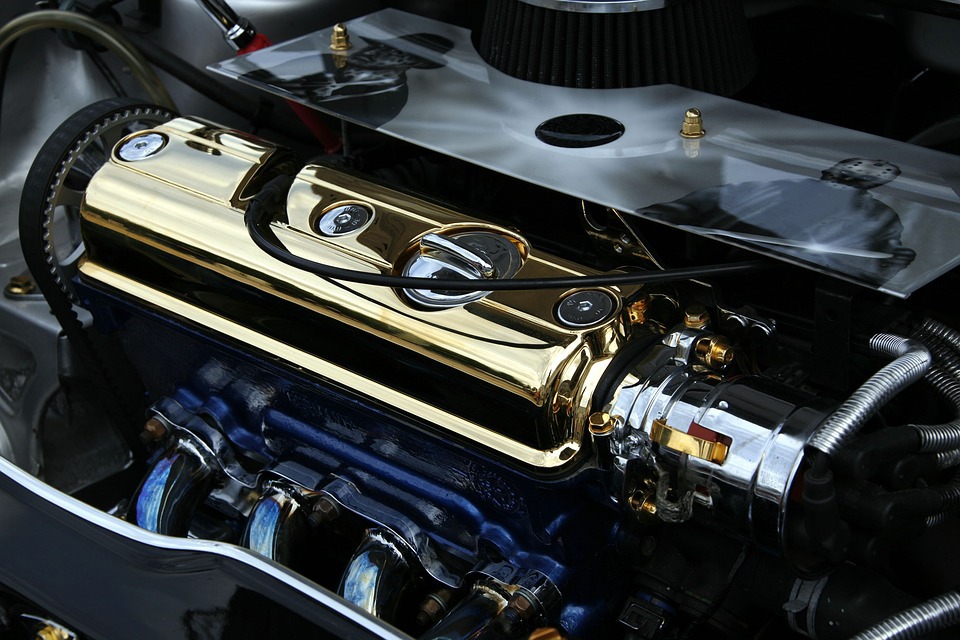
 |
Charlotte Stonestreet
Managing Editor |
| Home> | POWER TRANSMISSION | >Bearings | >Avoiding electrical damage with conductive lubrication |
Editor's Pick
Avoiding electrical damage with conductive lubrication
14 May 2019
Automotive voltage is on the rise. While most cars today run on 12-volt DC batteries, cars in the future will run on 48 volts. Here, Chris Johnson, managing director of SMB Bearings, addresses the implications of this increased voltage on ball bearing performance.

At present, 12 volts are required to provide automotive electronic systems, which includes vehicle lights, air conditioning and radio, with sufficient electrical power. However, with each passing year, new cars get more complicated and high-tech. Additional features, such as stop-start motors, hybrid motors and turbochargers will allow for better fuel economy but will also demand more battery power.
Earlier proposals to take cars to a 48-volt standard were rejected for cost reasons, but ongoing pressures to reduce greenhouse gas emissions and develop autonomous driving technology have reignited the need to make 48-volt technology a reality.
Ever-stricter emission regulations mean 48-volt electrical systems may fast become the norm.
Experts believe the 48-volt tech will be in one-fifth of all cars sold globally by 2025. For automotive motor manufacturers, the design of every component must account for this change in voltage, right down to the ball bearings and lubrication used.
A great amount of work goes into design, simulation and material testing to ensure new automotive vehicles perform well. The engine environment is a hostile one, with extremely high temperatures and levels of vibration that puts considerable stress on bearings. Increased voltage only exacerbates this stress.
Steel bearings with standard non-conductive lubrication won’t be suitable for the 48-volt breed of automotive electrical systems. As steel bearings conduct electricity, current normally passes from the inner ring to the outer ring via the balls. That is, unless non-conductive lubrication gets in the way. Standard bearing lubricant is non-conductive, which can cause detrimental voltage build-up.
With non-conductive lubricant, voltage can temporarily build up inside the bearing before being discharged, leading to a great deal of heat accumulation inside the bearing. This leads to frequent arcing through the bearing lubricant, causing degradation of the oil or grease.
Even more destructive is the effect of such heat on the bearing’s metal surface. Extreme high temperatures cause welding between the surfaces, evidenced by pitting or fluting on the balls and bearing raceway. Uneven raceways will first be detected by excess noise, and then finally malfunction. Engineers refer to this as electrical pitting, a problem that is worsened by increased voltage.
For engineers, there are a few options to get around this. Firstly, they can use conductive grease that allows the current to pass through the bearing easily. This prevents the voltage build-up and subsequent heat accumulation. Without electrical arcing, the bearing surfaces evade electrical damage.
Many steel bearings are supplied with non-conductive grease as standard. Bearings purchased will need to be cleaned and re-filled as part of the relubrication process, as carried out at SMB Bearings. In these cases, bearings must be completely cleaned, often using ultrasound to remove all traces of the previous lubricant, before adding conductive grease to precise fill levels.
There are a number of conductive greases to choose from, such as Kluberelectric or Nyogel lithium based greases. These conductive greases can handle temperature ranges of minus 40 degrees Celsius to 140 degrees Celsius or more, making them suitable for many automotive applications.
Using a conductive grease helps to avoid electrical damage, but another important strategy is to prevent the current from passing through the bearing in the first instance. The electrical current can be diverted by grounding the shaft, or by using a non-conductive materials such as ceramic balls or ceramic rings and balls.
Taking the current out of the bearing altogether takes away any issues of voltage build-up and electrical discharge damage. The decision on whether to accept or divert the current depends on where the bearing is used in the automotive electrical system. As ceramic bearings cannot match the load and speed endurance of steel or the low noise levels of precision steel bearings, it may be that these are reserved for slower moving elements.
For the most part, good quality steel bearings with a conductive lubricant will be the best option. However, this fact is not well known among original equipment manufacturers (OEMs). While engineers will be considering the higher costs of specialist conductive lubricant, they must see the importance of bearing durability for the next generation of 48-volt systems.
This is a critical design decision on the run up to 2025, when it is predicted one-fifth of all cars sold globally will be using the upgraded power level. For more information on conductive grease, non-conductive bearings or bearing relubrication services, contact [email protected].
- Ceramic bearings for medical robots
- Let your bearings grow old gracefully
- Match the bearing to the load
- How is bearing technology changing?
- Robotics boom creates components shortage
- Go greener with chrome steel bearings
- Revolutionise testing with bearings
- Bearing the harsh environment
- Custom or off-the-shelf?
- Corrosion resistant, non-magnetic plastic bearings


















